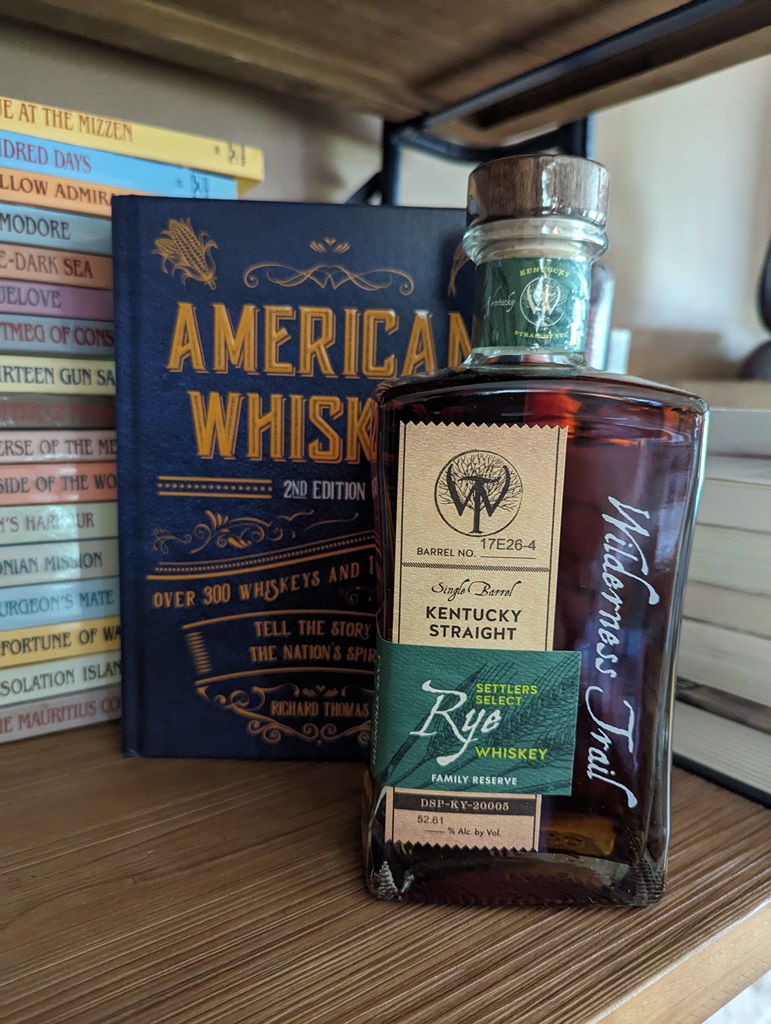Q&A With Jedd Haas of Atelier Vie
A Talk With Louisiana’s Rice Whiskey-Maker
By Kurt Maitland

(Credit: Paige Pemberton)
On a recent trip to New Orleans, I had the pleasure of tasting Atelier’s Riz rice whiskey and was able to speak to the distillery’s Jedd Haas about his whiskey.
KM: What moved you from electronics and tech to distilling? What skills/approaches did you learn in your prior career that influence what you do today?
JH: My background in electronics started when I was very young, and ended around the time I graduated from college. Since then, I’ve worked as an artist http://www.gallerytungsten.com and also started a design company. I’ve also spent a lot of time in the kitchen, and there are many aspects of distilling where having a good sense for flavor is helpful. I’ve also started and been involved in several other startup companies. So there have been a variety of different things I’ve done; and I draw on all of them in distilling. I think one important idea that’s central to this activity is that liquor is art you can drink.
KM: Are there other types of local grains that you’ve experimented with to craft whiskies along with your rice whiskey?
JD: So far we have only used local rice, but we have done some research on other local grains. I think that could happen a bit further down the line.

(Credit: Atelier Vie)
KM: What do you think “rice” adds as a grain to making whiskey? Is it an easier grain to work with versus barley, wheat, etc?
JD: I think the main difference with rice is the flavor, rather than the working characteristics. The initial alcohol level is also a bit lower than you’d get with other grains, so you have to use more of it.
KM- So recently you’ve released an aged rice whiskey. Any thoughts about doing a longer aging and making it a standard release?
JD: We definitely want to age Riz in larger barrels and age it longer. However, we need to scale up our production capability to do that. Once we can produce larger quantities, the aged version could become a regular release.
KM: So as you expand your distribution, what have been the biggest challenges?
JD: The biggest challenge is finding distributors that are the right fit for the product. They have to like the product and want to sell it. Another big challenge is building awareness and brand recognition.



